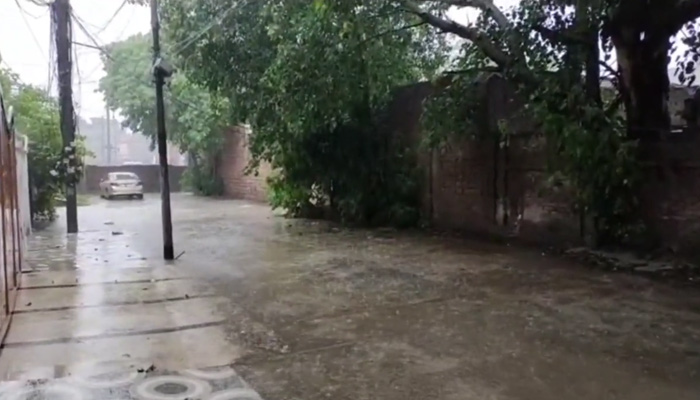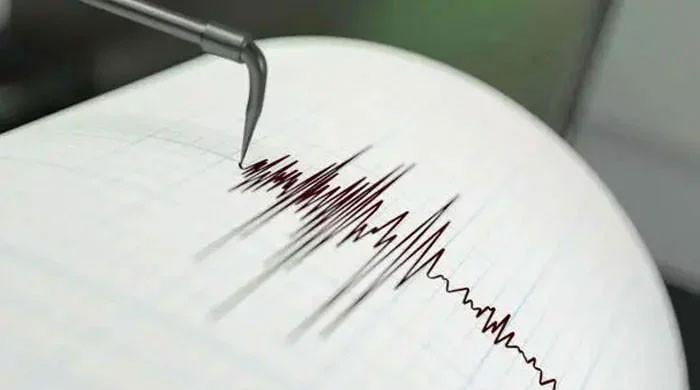Heavy showers leave Lahore without electricity
Lesco's 95 feeders tripped amid intermittent spells of heavy rain
July 29, 2023

- PMD forecasts heavy falls in Lahore till August 1.
- Lahore sees maximum deluge of 149mm in Gulshan-e-Ravi.
- Lesco warns citizens to stay away from electricity installations.
LAHORE: Another spell of heavy downpours Saturday lashed Lahore, leaving most parts of the provincial capital without a power supply.
As Lahore witnesses an extreme monsoon season, Pakistan Meteorological Department (PMD) forecasts more intermittent heavy falls in the city till August 1.
The Gulshan-e-Ravi area of Lahore saw a maximum deluge of 149 millimetres, while the Pani Wala Talab in the walled city of Lahore received 130mm of rain, Lakshmi Chowk received 101mm, and Qurtaba Chowk received 99mm of rain.
According to Water and Sanitation Agency (WASA), 92mm of rain was recorded in Nishter Town, 80mm in Johar Town, 68mm in Tajpura, 44mm in Samanabad, 42mm in Iqbal Town, 35mm on Maal Road and 33mm in Gulberg.
A spokesperson for the Lahore Electric Supply Corporation (Lesco) said that the staff present on site was on high alert after the suspension of the power supply in the city.
However, he said that the teams faced inconvenience in restoration works due to the accumulation of water on roads and low-lying areas.
He also warned the citizens to stay away from electricity installations and poles to avoid electrocution.
A similar situation arose in the city last week when the intermittent spells of monsoon rains wreaked havoc in Lahore.
Over 150 people have been killed and hundreds of others injured in rain-related incidents since the start of monsoon on June 25 as torrential downpours continue to batter the country, mainly in Punjab and Khyber Pakhtunkhwa (KP), according to a report issued by the National Disaster Management Authority (NDMA).
Every year, between June and September, monsoon winds bring rains to South Asia, accounting for 70% to 80% of the region's annual rainfall.
These monsoon rains are a mixed blessing for the region.
On the one hand, they are crucial to the livelihoods of millions of farmers and food security in a region of around two billion people. On the other hand, they bring landslides and floods.
The PMD has predicted more heavy showers in different parts of the country till July 30.
The Met Office further said that monsoon currents are continuously penetrating the country from the Bay of Bengal and the Arabian Sea.











